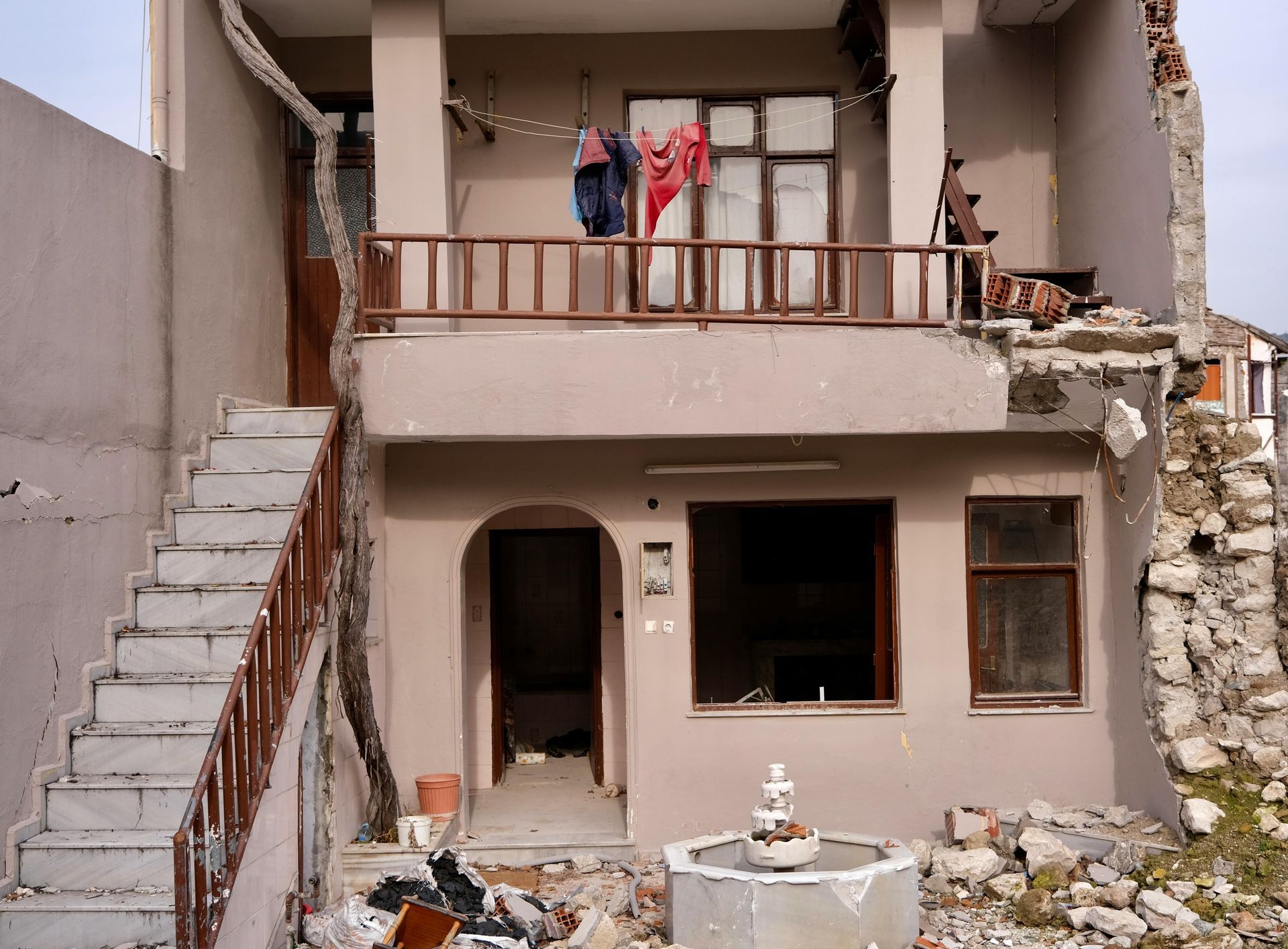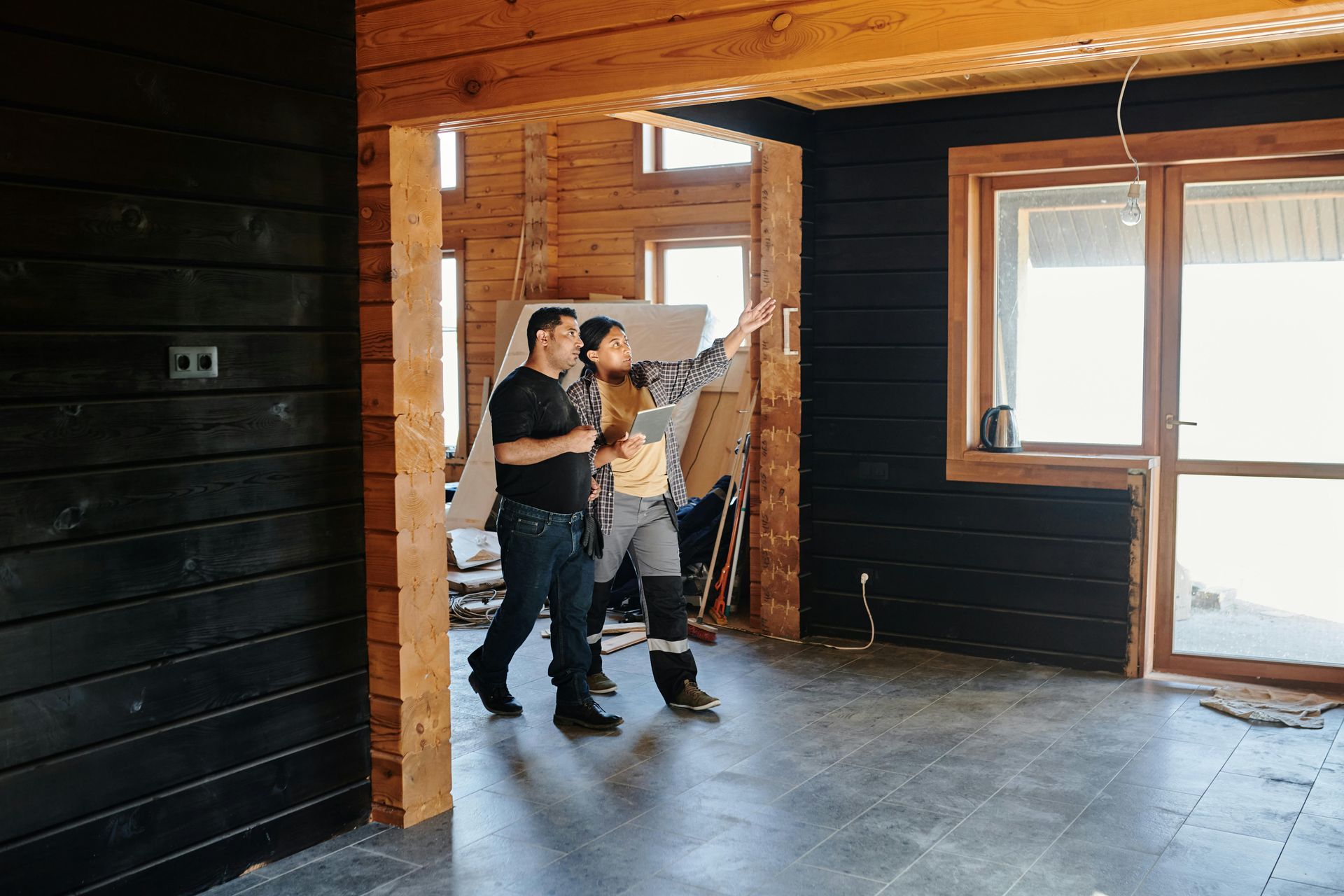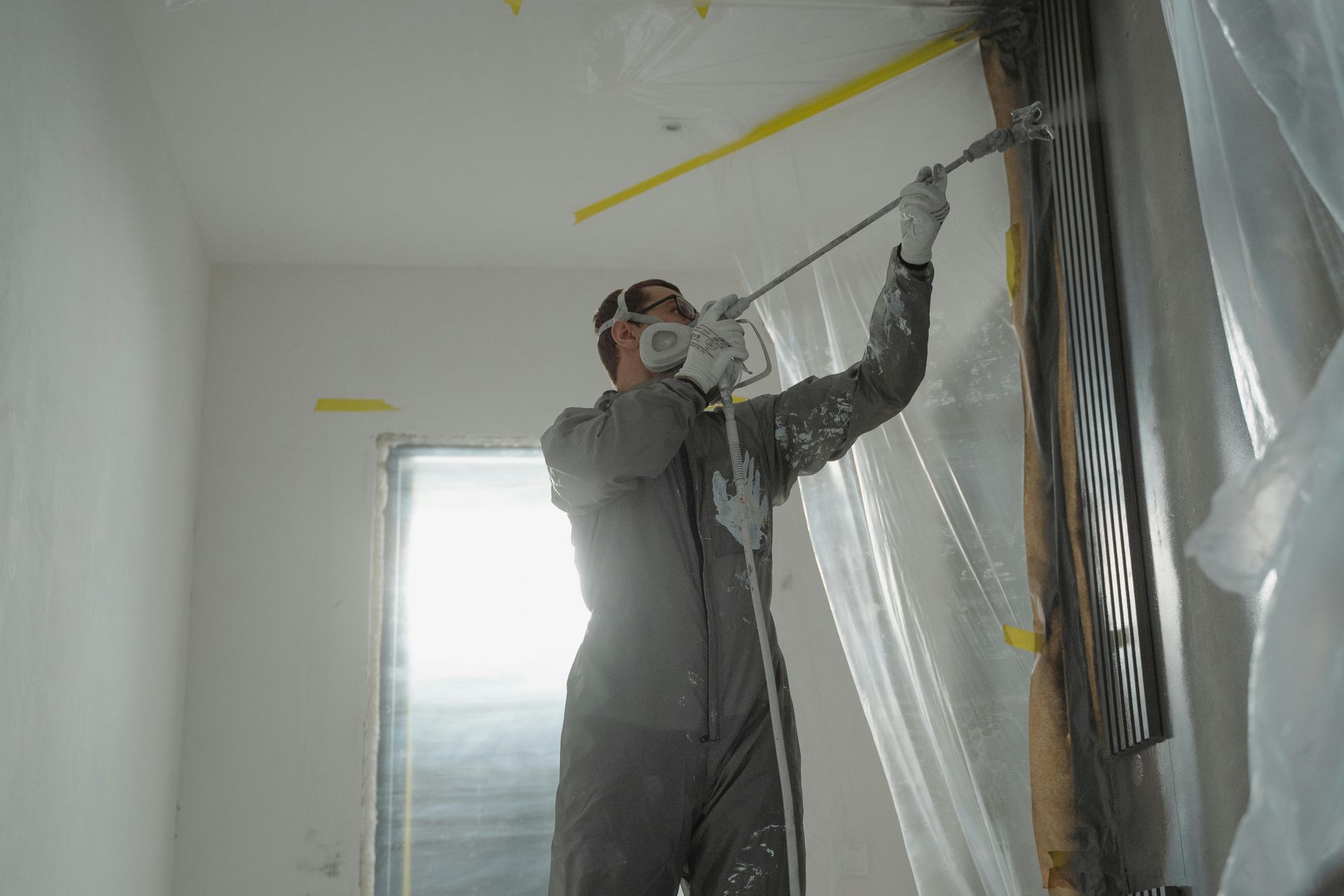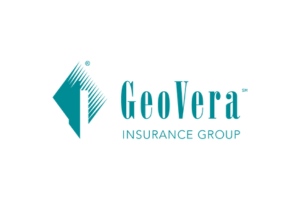Flood Zones Explained – What Homeowners in WA, FL, TX, ID & AZ Need to Know
You’ve likely heard the term “flood zone,” but what does it really mean—and how does it impact your insurance needs? Whether you're living near a river in Washington, the Gulf Coast in Texas, or in a suburban neighborhood in Florida, understanding your home's flood risk is essential for protecting your property.
At Insurance Alliance, we help homeowners in Washington, Florida, Texas, Idaho, and Arizona understand their flood zone status and get the right insurance in place before the next storm season.
What Is a Flood Zone?
Flood zones are geographic areas defined by FEMA based on their level of flood risk. They are used to determine:
- Who is required to carry flood insurance
- What kind of flood insurance is available
- How much you may pay for coverage
Flood zones fall into three main categories:
- High-Risk Zones (Zones A and V): Flood insurance is typically required by lenders. These areas have a 1% annual chance of flooding (often referred to as the “100-year floodplain”).
- Moderate-to-Low Risk Zones (Zone X or B/C): Flood insurance isn’t required by lenders, but floods can and do happen. Over 25% of flood claims come from these zones.
- Undetermined Risk Zones: Flood studies haven’t been conducted here, but that doesn’t mean no risk exists.
Flood Zone Risk in WA, FL, TX, ID & AZ
Every state we serve faces flood risks—often in ways homeowners don’t expect:
- Florida: High-risk coastal zones are common, but even inland areas face serious flooding from hurricanes and heavy rain.
- Texas: Both coastal and inland regions experience flash floods, especially in urban zones with poor drainage.
- Washington: Rivers, mountain runoff, and heavy rainfall contribute to frequent flooding across the state.
- Idaho: Snowmelt and spring rain can overwhelm rivers and low-lying areas, even in rural neighborhoods.
- Arizona: Monsoon storms cause rapid, destructive flooding—even in deserts and dry washes.
How Flood Zones Affect Your Insurance
If your home is in a high-risk flood zone and you have a federally backed mortgage, flood insurance is likely required. But even if you’re not required to carry it, you can (and should) get coverage. Flooding is unpredictable, and recovery is expensive without insurance.
Premiums are typically higher in high-risk zones, but discounts and mitigation options are available—especially if your home has flood-prevention features like elevated construction or flood vents.
How Insurance Alliance Helps
We make it easy to:
- Check your flood zone status
- Understand your real flood risk (beyond FEMA maps)
- Choose the right coverage amounts for your structure and belongings
- Compare National Flood Insurance Program (NFIP) and private insurance options
Insurance Alliance helps homeowners in WA, FL, TX, ID, and AZ stay one step ahead of flooding.
Know Your Zone. Protect Your Home.
Flood zones can be confusing, but protecting your home doesn’t have to be. Contact Insurance Alliance today for a free quote and personalized flood risk review.











